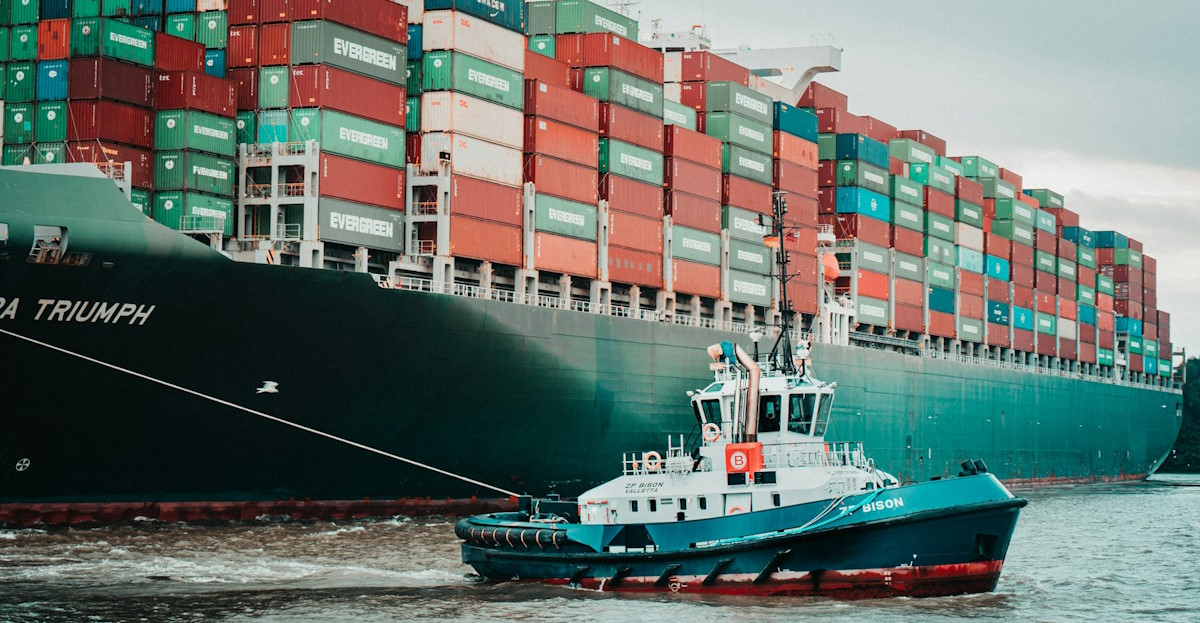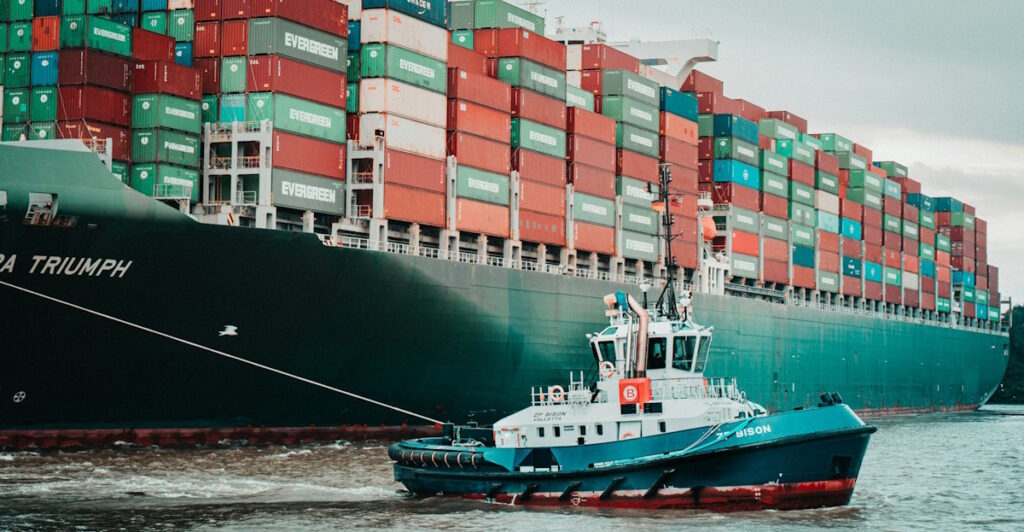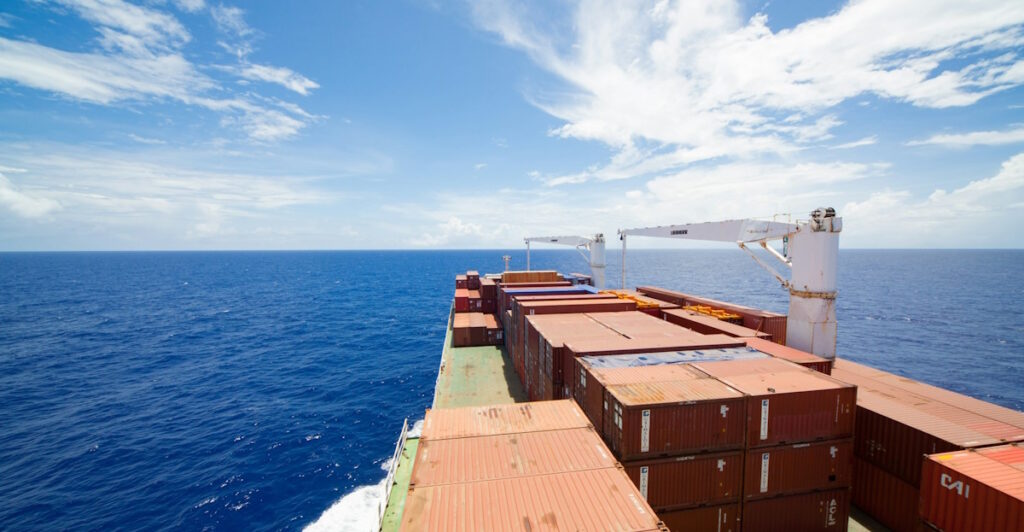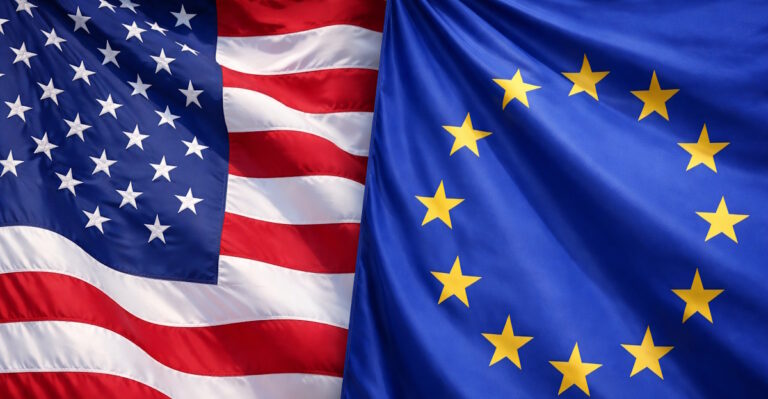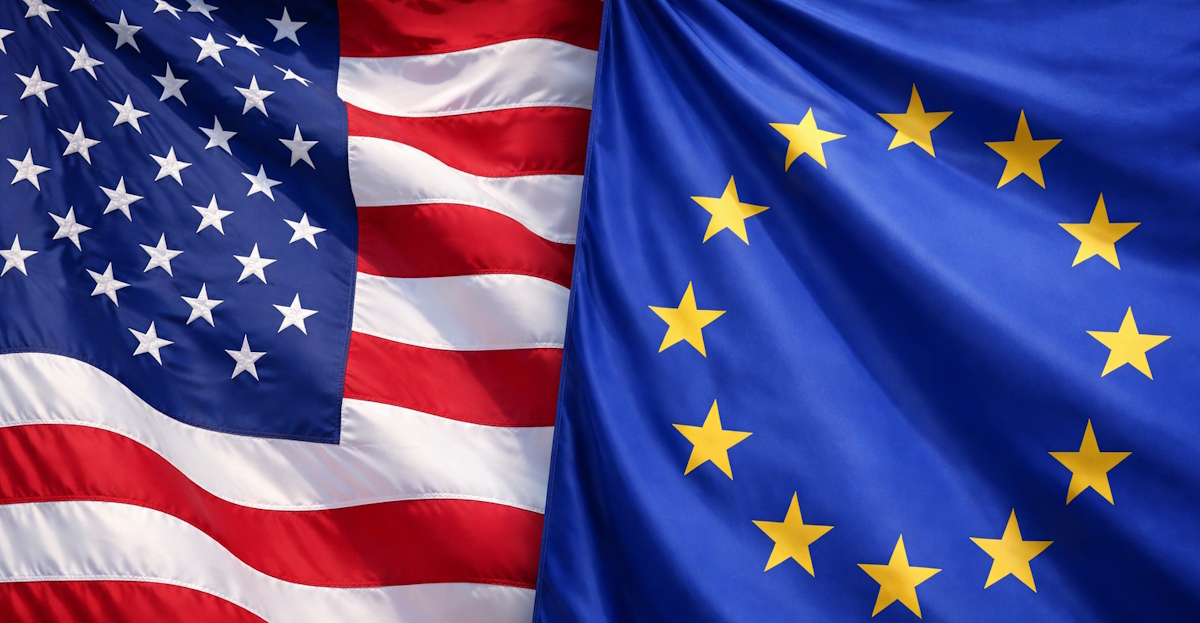by Mirza Abdul Aleem BAIG
The United States has been steadily tightening the screws on global trade. Lately, tariffs on steel and aluminum imports have been ratcheted up to as high as 50 percent. Duties on Chinese solar panels have doubled, while a widening net of technology restrictions targets sectors with even indirect links to Russia.
For India, which has long sought to expand its export markets, the effect has been felt in metals, machinery, textiles, and potentially in pharmaceuticals. For China, already the main target of Washington’s trade and technology decoupling strategy, the blows have been heavier still.
On the face of it, both economies appear to be on the receiving end of a protectionist wave designed to cut into their competitive advantage. But history often shows that shared external pressure can create strange bedfellows. The deepening of trade and energy ties between Moscow and Beijing after Western sanctions over Ukraine is one example.
Today, with both Beijing and New Delhi navigating tariffs, sanctions, and unpredictable market access, there is a small but genuine opening for pragmatic, sector-specific cooperation between Asia’s two largest economies – an opening that could redefine their roles in the much-discussed Asian Century.
The case for such cooperation is rooted in complementary strengths. China remains the undisputed global leader in large-scale manufacturing, with unmatched industrial infrastructure, logistics networks, and the ability to scale production at astonishing speed. India brings to the table a vast pool of skilled labor, a competitive IT and services sector, and one of the fastest-growing consumer markets in the world.
While geopolitical rivalry has defined much of their recent history, these economic profiles are less competitive than they are complementary. Washington’s new trade barriers, while aimed at fragmenting supply chains, could end up encouraging their recombination outside U.S. reach. Offshore assembly in tariff-neutral countries – Vietnam, the UAE, Ethiopia – offers one path forward.
In such a model, Chinese manufacturing capacity could be paired with Indian final assembly, software integration, compliance expertise, and after-sales service, producing goods that are competitive in third markets like Africa, Southeast Asia, and Latin America without falling foul of U.S. tariff schedules. This is not hypothetical; global supply chains are already adjusting to circumvent tariff lines, and there is every reason to believe Sino–India joint ventures could do the same.
Recent political developments provide additional momentum. Chinese Foreign Minister Wang Yi is scheduled to visit India from Monday to Wednesday for boundary talks. Even if the border dispute remains unresolved, the resumption of dialogue creates a channel through which economic coordination could be quietly advanced.
Meanwhile, India’s decade-long operational deal for Iran’s Chabahar Port has come into effect. This port, when linked to the International North–South Transport Corridor, offers a westward trade route into Central Asia and potentially into Russia, bypassing maritime chokepoints and U.S.-controlled trade routes. For China, with its Belt and Road Initiative (BRI) already stretching into Central Asia, the possibility of integrating logistics planning with India along this corridor – while politically delicate – could be strategically valuable.
There is also the question of connectivity competition. India has joined the India-Middle East-Europe Economic Corridor (IMEC), an ambitious alternative to the BRI designed to route trade from India to Europe via the Middle East. While IMEC and BRI are often presented as rivals, selective cooperation where India’s IMEC-linked projects and China’s BRI-linked networks intersect in neutral markets could open hybrid routes that serve both countries’ exporters.
In an Asian Century where trade corridors are the new geopolitical chessboard, the ability to align rather than collide could be a game-changer. The numbers are encouraging. In 2024, China regained its position as India’s top trading partner, with bilateral trade rebounding to around US$120.48 billion Chinese exports despite ongoing political tensions. If such figures can be achieved without any special effort, the gains from deliberate, targeted cooperation could be far greater. The key is to identify sectors where the mutual benefits are large, the risks manageable, and the potential for Western retaliation low.
Metals and machinery is one obvious candidate. The latest U.S. tariffs have increased input costs globally; a bilateral “metals corridor” agreement could guarantee reciprocal supply at predictable prices and with transparent indexation. Clean energy is another. The world is in the midst of a renewable power buildout, and joint production of solar inverters, grid equipment, and electric vehicle components assembled in neutral countries could be sold widely across the Global South.
Pharmaceuticals and medical devices, where India has FDA approved generics expertise and China has large-scale device manufacturing, present yet another avenue for synergy. Even in agricultural machinery and light electric vehicles, the combination of Chinese cost efficiency and Indian market tailoring could produce exports that Western suppliers would find hard to match on price.
Risks, of course, remain significant. U.S. secondary sanctions targeting entities with Russian or Iranian links could ensnare poorly structured projects. Any escalation at the Line of Actual Control could swiftly unravel commercial goodwill. Nationalist sentiment on both sides could transform pragmatic cooperation into a political liability. But these are precisely the kinds of challenges that can be mitigated with careful design.
This is not a call for an all-encompassing strategic alliance. It is a proposal for what might be called an “Economic Safe Lane” – a set of mutually agreed trade and investment flows insulated from political disputes. Such a lane would not erase deep strategic differences, but it could demonstrate that even competitors can find ways to shield economic cooperation from the shocks of geopolitics. In a world where trade fragmentation is accelerating, this kind of pragmatism is not weakness; it is survival strategy.
The window for such an initiative will not stay open forever. As the U.S. trade posture hardens, supply chains will continue to reconfigure. If India and China move separately, they will do so with less leverage and more vulnerability to external shocks. If they act together, even selectively, they can share costs, spread risk, and improve their negotiating position in a multipolar trading system. It is not often that tariff wars create opportunities for peace, but they sometimes create win-win opportunities, in the cold calculus of international relations, can sometimes serve as the seedbed of stability.

